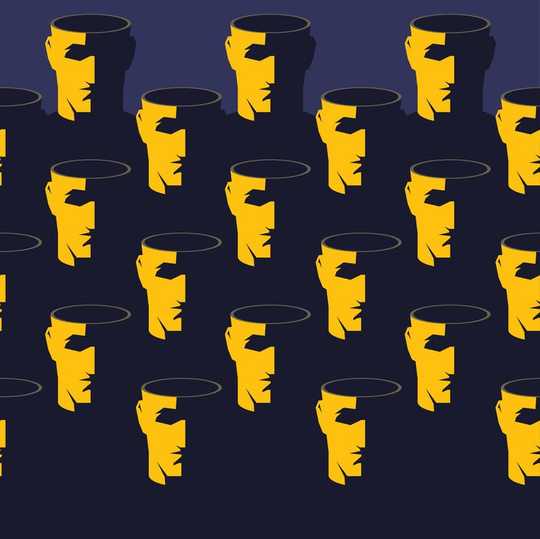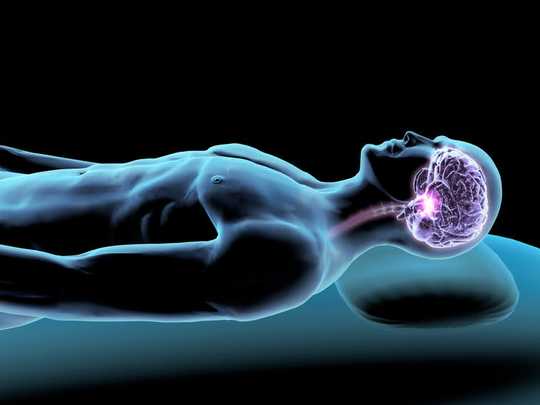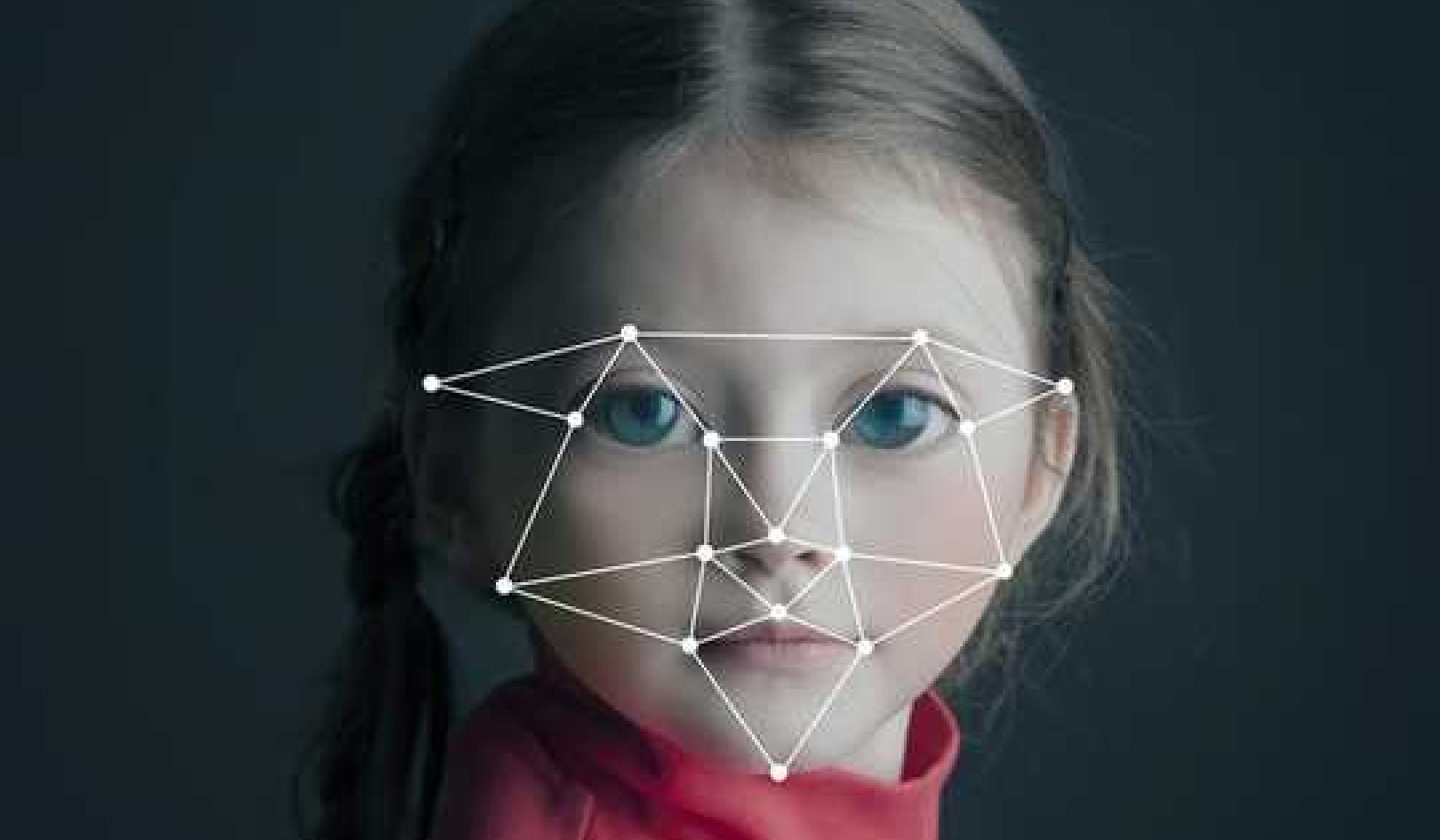
Fake news works at a cognitive level to shape our perceptions and drive our decisions. Shutterstock
“Fake news” is a relatively new term, yet it’s now seen as one of the greatest threats to democracy and free debate. In the Netflix documentary The Great Hack — which chronicled the rise and fall of Cambridge Analytica — we saw how Facebook data was used to target potential voters with insidious right-wing propaganda packaged as if it were news.
{vembed Y=iX8GxLP1FHo}
Trailer for the Netflix documentary ‘The Great Hack.’
But how does fake news work? Neuroscience can provide at least some insight.
Grabbing attention
The first job of fake news is to catch our attention, and for this reason, novelty is key. Psychologists Gordon Pennycook and David Rand suggested that one of the reasons hyperpartisan claims are so successful is that they tend to be outlandish.
In a world full of surprises, humans have developed an exquisite ability to rapidly detect and orient towards unexpected information or events. Novelty is an essential concept underlying the neural basis of behavior, and plays a role at nearly all stages of neural processing.
Sensory neuroscience has shown that only unexpected information can filter through to higher stages of processing. The sensory cortex may have therefore evolved to adapt to, to predict, and to quiet down the expected regularities of our experiences, focusing on events that are unpredictable or surprising. Neural responses gradually reduce each time we are exposed to the same information, as the brain learns that this stimulus has no reward associated with it.
Novelty itself is related to motivation. Dopamine, a neurotransmitter associated with reward anticipation, increases when we are confronted by novelty. When we see something new, we recognize its potential for rewarding us in some way. Further studies show that the ability of the hippocampus to create new synaptic connections between neurons (a process known as plasticity) is increased by the influence of novelty. By increasing the plasticity of the brain, the potential for learning new concepts is increased.
Fake news, false memory
The primary region involved in responding to novel stimuli — the substantia nigra/ventral segmental area or SN/VTA — is closely linked to the hippocampus and the amygdala, both of which play important roles in learning and memory. While the hippocampus compares stimuli against existing memories, the amygdala responds to emotional stimuli and strengthens associated long-term memories.
This aspect of learning and memory formation is of particular interest to my own lab, where we study brain oscillations involved in long-term memory consolidation. This process occurs during sleep, a somewhat limited time frame to integrate all of our daily information. For this reason, the brain is adapted to prioritise certain types of information. Highly emotionally provocative information stands a stronger chance of lingering in our minds and being incorporated into long-term memory banks.

Our brains consolidate long-term memories during sleep. Shutterstock
The allure of fake news is therefore reinforced by its relationship to memory formation. A recent study, published in Psychological Science, highlighted that exposure to propaganda may induce false memories. In one of the largest false-memory experiments to date, scientists gathered up registered voters in the Republic of Ireland in the week preceding the 2018 abortion referendum.
Half of the participants reported a false memory for at least one fabricated event, with more than one third of participants reporting a specific, “eye-witness” memory. In-depth analysis revealed that voters were most susceptible to forming false memories for fake news that closely aligned with their beliefs, particularly if they had low cognitive ability.
Emotional appeals
The ability of fake news to grab our attention and then highjack our learning and memory circuitry goes a long way to explaining its success. But its strongest selling point is its ability to appeal to our emotions. Studies of online networks show text spreads more virally when it contains a high degree of “moral emotion,” which drives everything we do.
Decisions are often driven by deep-seated emotion that can be difficult to identify. In the process of making a judgment, people consult or refer to an emotion catalogue carrying all the positive and negative tags consciously or unconsciously associated with a given context.
We rely on our ability to place information into an emotional frame of reference that combines facts with feelings. Our positive or negative feelings about people, things and ideas arise much more rapidly than our conscious thoughts, long before we’re aware of them. This processing operates with exposures to emotional content as short as 1/250th of a second, “an interval so brief that there is no recognition or recall of the stimulus.”
Merely being exposed to a fake news headline can increase later belief in that headline, so scrolling through social media feeds laden with emotionally provocative content has the power to change the way we see the world and make political decisions.
The novelty and emotional conviction of fake news, and the way these properties interact with the framework of our memories, exceeds our brains’ analytical capabilities. Though it’s impossible to imagine a democratic structure without disagreement, no constitutional settlement can function if everything is a value judgement based on misinformation.
In the absence of any authoritative perspective on reality, we are doomed to navigate our identities and political beliefs at the mercy of our brains’ more basal functions. The capacity to nurture and sustain peaceful disagreement is a positive characteristic of a truly democratic political system.
But before democratic politics can begin, we must be able to distinguish between opinions and facts, fake news and objective truth.
About the Author
Rachel Anne Barr, PhD Student, Université Laval
This article is republished from The Conversation under a Creative Commons license. Read the original article.

Related Books:
Atomic Habits: An Easy & Proven Way to Build Good Habits & Break Bad Ones
by James Clear
Atomic Habits provides practical advice for developing good habits and breaking bad ones, based on scientific research on behavior change.
Click for more info or to order
The Four Tendencies: The Indispensable Personality Profiles That Reveal How to Make Your Life Better (and Other People's Lives Better, Too)
by Gretchen Rubin
The Four Tendencies identifies four personality types and explains how understanding your own tendencies can help you improve your relationships, work habits, and overall happiness.
Click for more info or to order
Think Again: The Power of Knowing What You Don't Know
by Adam Grant
Think Again explores how people can change their minds and attitudes, and offers strategies for improving critical thinking and decision making.
Click for more info or to order
The Body Keeps the Score: Brain, Mind, and Body in the Healing of Trauma
by Bessel van der Kolk
The Body Keeps the Score discusses the connection between trauma and physical health, and offers insights into how trauma can be treated and healed.
Click for more info or to order
The Psychology of Money: Timeless lessons on wealth, greed, and happiness
by Morgan Housel
The Psychology of Money examines the ways in which our attitudes and behaviors around money can shape our financial success and overall well-being.























